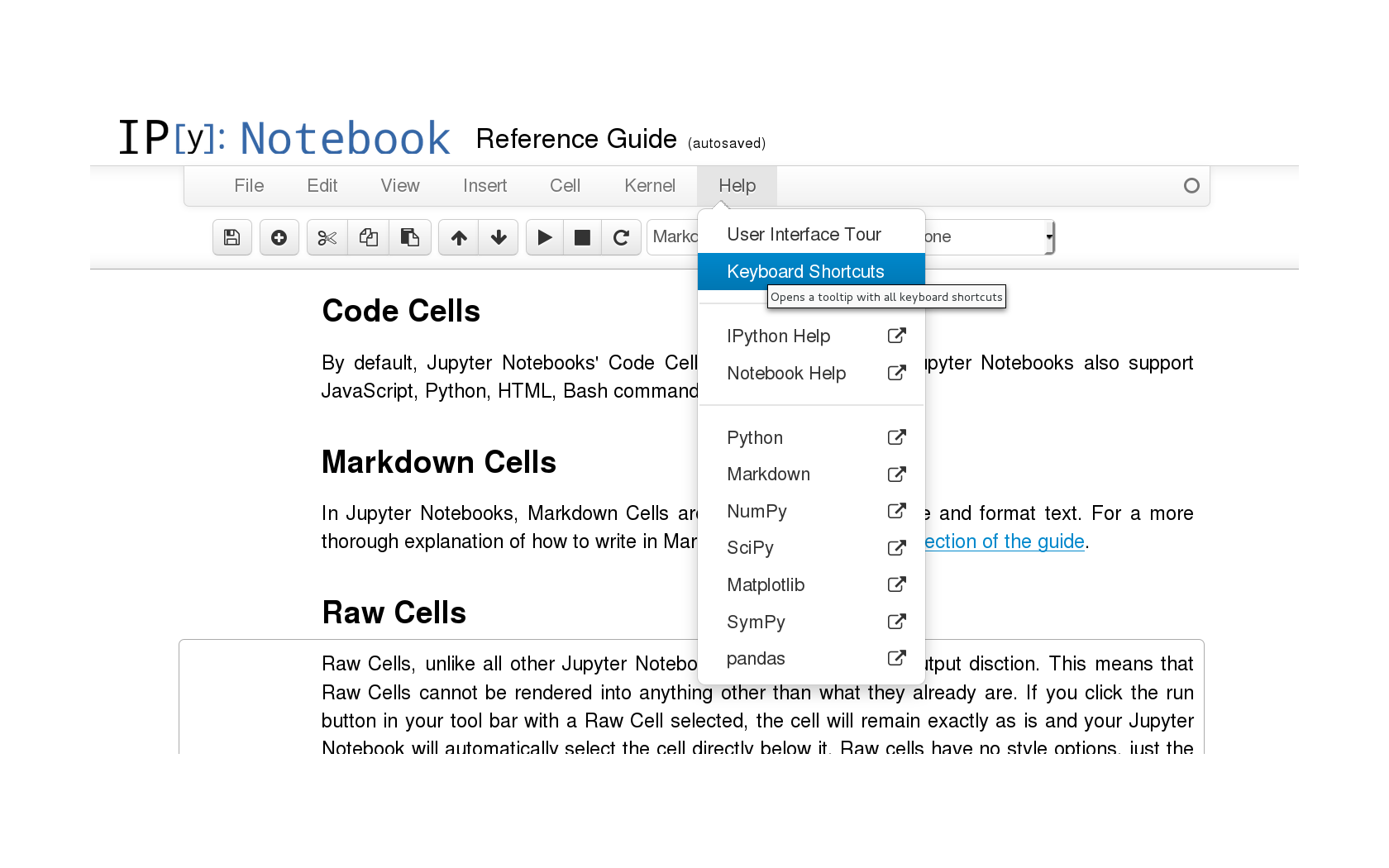

We are going to pull data from Google Analytics, testing tools and databases, then run all sorts of analysis and visualizations using this data (and Notebooks). Our plan is to create a series of useful tutorial-type blog posts where we show you how to use Python (and Notebooks) in your everyday work as a digital analyst. Why not leverage the same workflow in our blogging efforts as well, we thought.

Jupyter Notebooks is a tool we use to run and share our code both internally and with our clients. The reason we are testing with “blogging using a Jupyter Notebook” is that it allows us to share our code example and analysis done in Python more easily and in a more repeatable way.Īt Reflective Data, we are using a lot of Python in all steps of data analysis. In this first proof-of-concept blog post/Notebook, we are showing you how Notebooks work and a few cool things you can accomplish with them. Uses include: data cleaning and transformation, numerical simulation, statistical modelling, data visualization, machine learning, and much more.

The Jupyter Notebook is an open-source web application that allows you to create and share documents that contain live code, equations, visualizations and narrative text. If you are not familiar with Jupyter Notebooks then here’s what you need to know about them: Deep Learning with ArcGIS Geospatial Deep Learning with arcgis.learn How does feature categorization work? Object detection with arcgis.learn Object detection and tracking on videos How SSD works How RetinaNet works YOLOv3 Object Detector Faster R-CNN Object Detector How Mask RCNN works Multi-object Tracking using ObjectTracker Track objects using SiamMask How U-net Works How PSPNet works How DeepLabV3 works Edge Detection How Multi-task road extractor works How Change Detection Works How CycleGAN works How Pix2Pix translation works How SuperResolution works How Image Captioning works Point Cloud Segmentation using PointCNN Geo referencing and digitization of scanned maps with arcgis.learn Unsupervised Machine Learning using arcgis.learn Full圜onnectedNetwork and MLModel guide TimeseriesModel Text classification with arcgis.While it might look like a normal WordPress blog post (like all the previous posts on our blog), you are actually looking at a Jupyter Notebook.


 0 kommentar(er)
0 kommentar(er)
